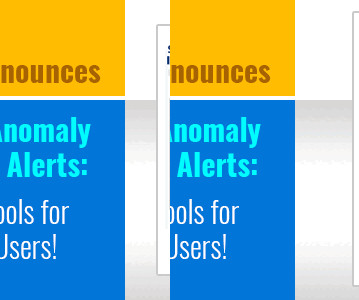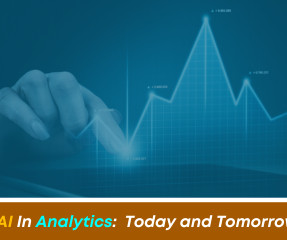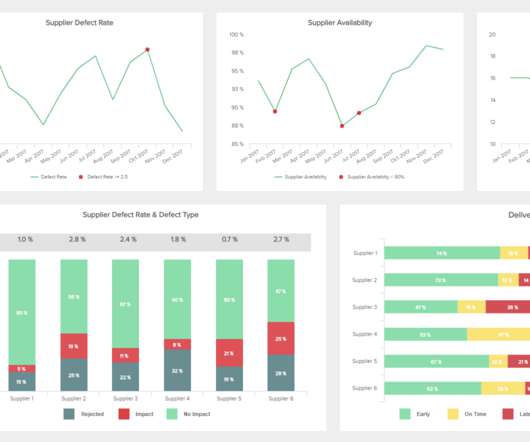Smarten Announces SnapShot Anomaly Monitoring Alerts: Powerful Tools for Business Users!
Smarten
APRIL 12, 2023
Smarten announces the launch of SnapShot Anomaly Monitoring Alerts for Smarten Augmented Analytics. SnapShot Monitoring provides powerful data analytical features that reveal trends and anomalies and allow the enterprise to map targets and adapt to changing markets with clear, prescribed actions for continuous improvement.














Let's personalize your content